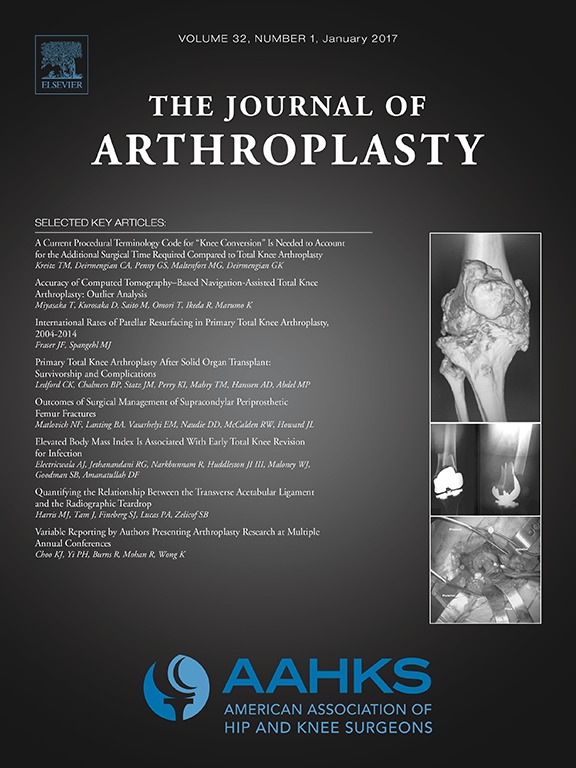
Similar Radiographic Outcomes in Total Hip Arthroplasty through Direct Anterior vs Lateral Approach

Similar Radiographic Outcomes in Total Hip Arthroplasty through Direct Anterior vs Lateral Approach
Component Placement in Direct Lateral vs Minimally Invasive Anterior Approach in Total Hip Arthroplasty: Radiographic Outcomes From a Prospective Randomized Controlled Trial
J Arthroplasty. 2019;34(8):1718-1722. doi: 10.1016/j.arth.2019.04.003Synopsis
The authors of this study randomized 164 patients to direct anterior (DAA) or direct lateral approach for primary total hip arthroplasty. Patients and outcome assessors were blinded. They assessed radiographic outcomes on the immediate post-operative X-ray. Outcomes included cement mantle thickness, cup positioning (inclination and anteversion), femoral stem position (on AP and lateral views), off...
To view the full content, login to your account,
or start your 30-day FREE Trial today.
FREE TRIAL
LOGIN
Forgot Password?
Explore some of our unlocked ACE Reports below!

Learn about our AI Driven
High Impact Search Feature
Our AI driven High Impact metric calculates the impact an article will have by considering both the publishing journal and the content of the article itself. Built using the latest advances in natural language processing, OE High Impact predicts an article’s future number of citations better than impact factor alone.
Continue



 LOGIN
LOGIN

Join the Conversation
Please Login or Join to leave comments.